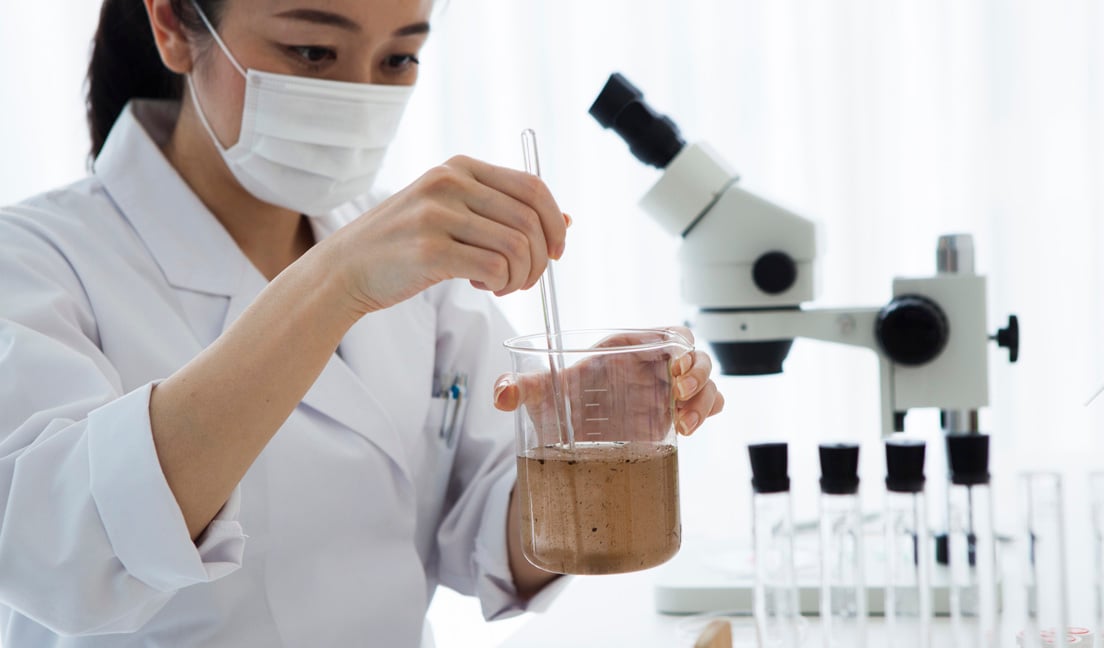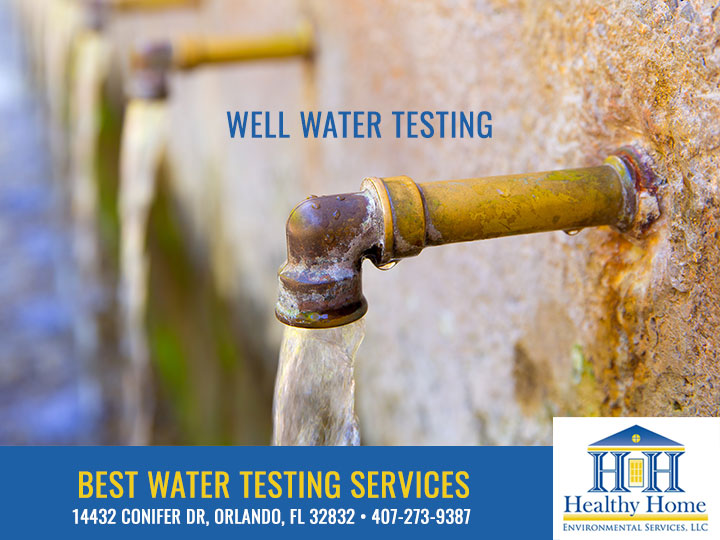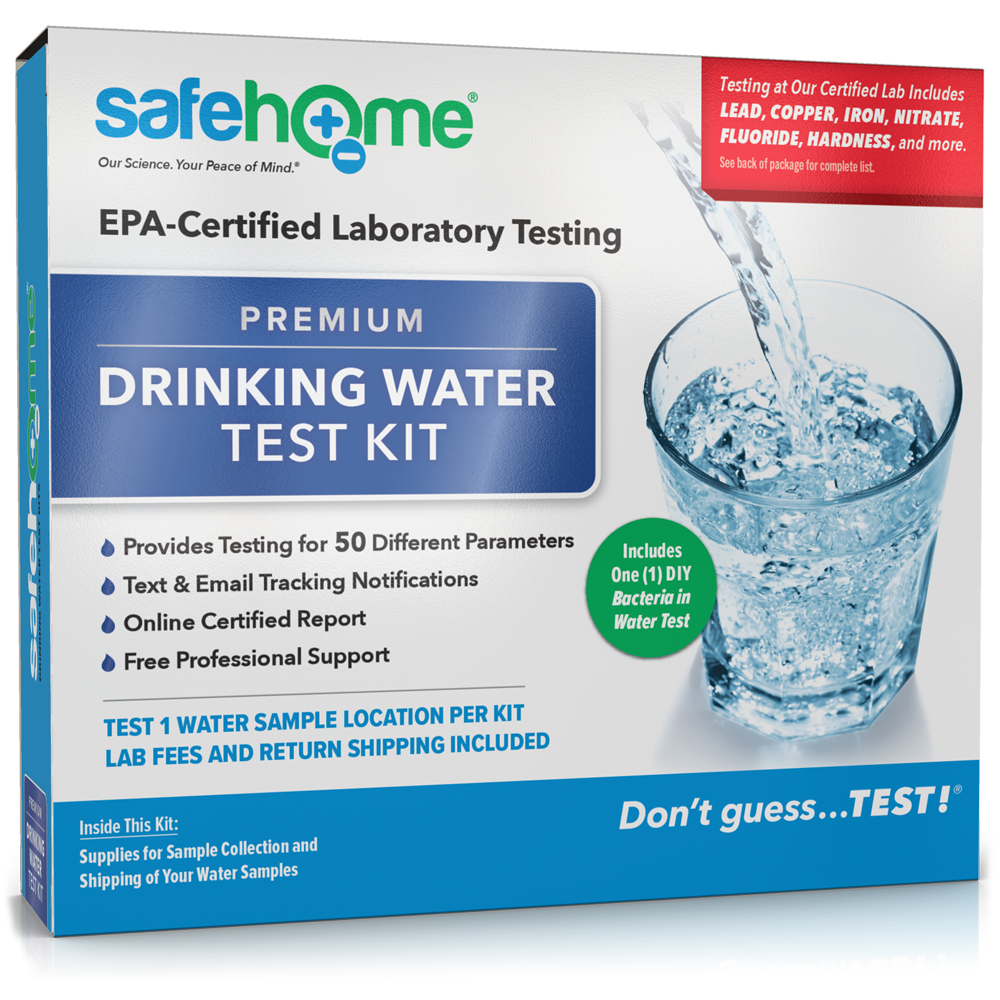Discover What Is Included in Water Testing and Just How It Makes Certain Safe Alcohol Consumption Water
Understanding the intricacies of water testing is essential in guaranteeing the top quality and safety and security of our drinking water. With a careful assessment of physical, chemical, and microbiological aspects, water testing recognizes potential pollutants that can present wellness threats.
Key Components of Water Screening
Water screening is a critical process that includes several vital parts to make certain the safety and security and top quality of drinking water. In addition, guaranteeing the pH balance of water is necessary, as it impacts the water's corrosiveness and the efficiency of disinfection procedures.
One more substantial component involves microbiological evaluation, where water samples are examined for the visibility of microorganisms such as bacteria, infections, and protozoa. This analysis is crucial to identify biological hazards that can position wellness threats if eaten. Furthermore, chemical analyses are carried out to spot organic and not natural compounds, such as hefty metals, nitrates, and chemicals, that may be existing in the supply of water.

Discovering Dangerous Pollutants
Discovering harmful contaminants in drinking water is an essential element of safeguarding public health. This process involves identifying prospective risks that can endanger the high quality and safety and security of water supplies. Impurities can vary from microbes such as germs, infections, and protozoa, to inorganic substances like lead, arsenic, and nitrates, in addition to organic contaminants including chemicals and industrial chemicals. Each kind of impurity presents distinctive health risks, making their detection crucial to guarantee the water taken in by the public is secure.
Water screening for impurities is usually carried out by regulatory companies and water energies, using a mix of field tasting and laboratory evaluation. These evaluations are made to discover both normally occurring materials and anthropogenic pollutants that might have gone into the supply of water with agricultural drainage, industrial discharge, or aging facilities. Routine tracking is necessary, as contamination levels can rise and fall as a result of environmental modifications, seasonal variations, or human activities.
The identification of harmful contaminants informs needed actions, such as water treatment interventions or public advisories, to reduce risks. Early detection is important to avoid adverse health effects, ranging from stomach health problems to long-lasting conditions like cancer, therefore ensuring the continued security of alcohol consumption water.

Chemical Analysis Methods
In the realm of guaranteeing secure drinking water, chemical analysis methods play a pivotal role in recognizing and evaluating impurities. These techniques are crucial for detecting a large variety of chemical compounds, consisting of heavy steels, pesticides, and industrial contaminants, which can present considerable health threats. Techniques such as atomic absorption spectroscopy (AAS) and inductively paired plasma mass spectrometry (ICP-MS) are commonly employed to measure trace levels of steels like arsenic, lead, and mercury. These tools supply specific quantification, assisting in conformity with governing criteria.
Gas chromatography-mass spectrometry (GC-MS) is an additional important technique, specifically for organic compounds. It separates intricate mixes and recognizes semi-volatile and unpredictable organic substances, ensuring that toxins like benzene and toluene are within risk-free limits. High-performance liquid chromatography (HPLC) is similarly used for non-volatile substances, including certain pesticides and pharmaceuticals.
Ion chromatography is utilized to identify concentrations of cations and anions, such as nitrates and sulfates, which are essential in examining water quality. These chemical evaluation methods jointly make certain that alcohol consumption water remains risk-free by detecting discrepancies from developed pureness norms, thereby securing public health. Making sure precision and precision in these examinations is extremely important to maintaining the honesty of water safety assessments.
Microbiological Examining Techniques
Exact microbiological screening is important for safeguarding public wellness by guaranteeing that alcohol consumption water is complimentary from harmful pathogens. This process involves finding and specifying microbes such as microorganisms, viruses, and protozoa that might infect water materials. Usual pathogens consist of Escherichia coli, Giardia, and Cryptosporidium, each posing significant health and wellness risks.
A number of approaches are utilized in microbiological testing to determine these threats. The membrane filtering strategy is often made use of, involving water passing through a filter that catches microorganisms, which are then cultured to establish their visibility and focus. The multiple-tube fermentation method enables the quantification of coliform bacteria using a series of dilution and incubation steps.
Developments in innovation have presented molecular strategies such as polymerase domino effect (PCR), which enables the extremely particular and fast discovery of virus by magnifying their hereditary product. Enzyme-linked immunosorbent assays (ELISA) likewise supply a technique web link to detect pathogens by recognizing details healthy proteins or antigens.
These differed techniques are crucial for thorough water high quality assessment, making sure that water therapy processes are reliable and that circulation systems keep safety and security. By using these microbiological screening approaches, potential wellness risks can be identified and alleviated promptly.

Value for Public Health And Wellness
Making certain the microbiological security of alcohol consumption water directly impacts public wellness by preventing the spread of waterborne illness. Virus such as bacteria, infections, and protozoa can bring about diseases like cholera, dysentery, and stomach infections (Well water testing services). The execution of comprehensive water screening protocols is extremely important in recognizing and alleviating these dangers, hence guarding areas from potential episodes
Regular water testing not only finds microbial contaminants yet likewise analyzes chemical and physical criteria that can affect wellness. For example, too much degrees of nitrates or heavy metals such as lead can position major wellness risks, particularly to vulnerable populaces like infants and pregnant ladies. By determining these hazards early, water screening enables timely treatments, making certain the water supply stays within risk-free usage requirements.
Moreover, water testing plays a vital function in keeping public self-confidence in community water systems. For policy manufacturers and wellness officials, the information obtained from water testing notifies choices on infrastructure investments and public wellness techniques, making certain sources are guided where they are most needed.
Conclusion
Water screening works as a crucial system for guaranteeing the safety and quality of drinking water with thorough examination of its physical, chemical, and microbiological properties. By detecting harmful contaminants, such as hefty metals and pesticides, and making use of sophisticated techniques like chromatography and spectrometry, index water testing facilitates the identification of prospective health threats. The application of rigorous screening methods is essential for preserving conformity with security requirements, eventually protecting public health and enhancing confidence in municipal water systems.

By recognizing these dangers early, water testing allows prompt treatments, making certain the water supply stays within safe usage standards.
Water screening serves as a necessary system for making sure the safety and security this article and top quality of drinking water through thorough analysis of its physical, chemical, and microbiological buildings.